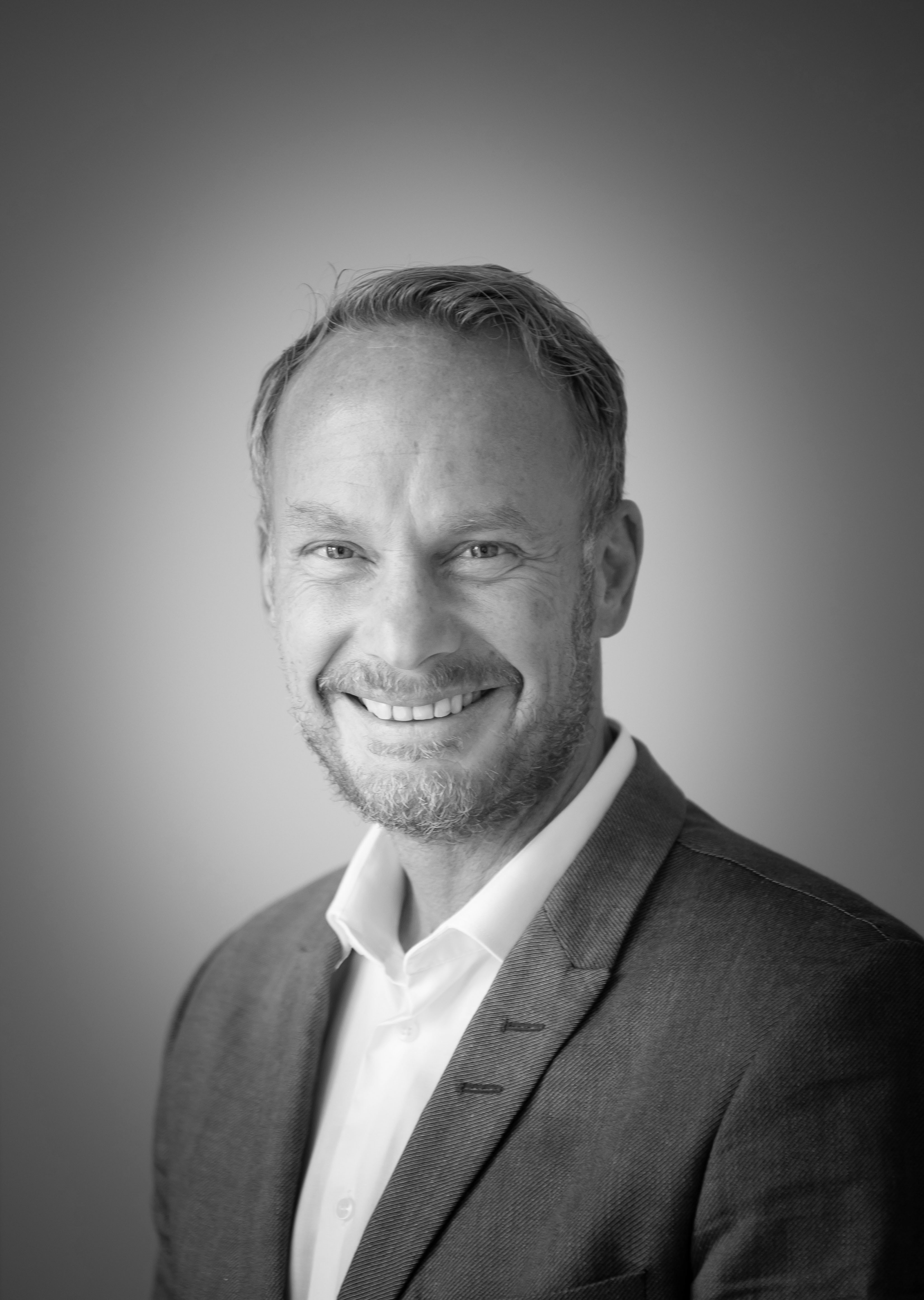The delivery of healthcare is going through radical changes. New technology is enabling ways to deliver care that we couldn't think of a few years back.
Imagine you have a chronic disorder, COPD, diabetes or heart failure and need regular medical follow-up. Imagine being able to get the necessary medical supervision at your home, every day. Imagine what security it would be to know that your health status could be monitored and evaluated every day without having to consult a doctor or hospitalized.
This is what is happening in the Norwegian health sector right now. Every day, new patients are offered telemedicine follow-up from the health service in their municipality. Siemens Healthineers provides a system for the follow-up of patients with various chronic disorders where the patient himself or herself issues regular reports of his or her health condition directly to the municipality’s health personnel.
Thorvald Floden at Siemens Healthineers explains: “The whole thing comes in a suitcase containing a tablet and what is needed for measuring equipment, eg. pulse oximeter, blood pressure monitor, blood glucose meter, weight or thermometer. Home care delivers the suitcase to the patient and provides training, which in parenthesis is a very simple affair, because the system is intuitive and has a clear user interface. All the equipment is set up, so the patient simply signs in, as agreed with the health care professional, and answers a number of control questions on the topic “How do you feel today?” For example, for a COPD patient, it may be about whether the patient is feeling leaner, has more mucus, is more breathless and the like.
In addition to answering questions, the patient will be asked to use some of the measuring equipment, upon which measurement data and answers will be sent to the system. The central office receives the patient’s answers and values and, if necessary, will contact the patient by telephone or video conference, and possibly they can also request a doctor’s visit or ambulance.”
Pedab has designed and delivered the UEM (Unified Endpoint Management) system, which is the central tool that controls the use of the tablet. The most important thing has been to make the use as simple as possible for the patient. That means the tablet is dedicated to this one purpose and cannot be used for web browsing or anything else. Furthermore, it means that users only see exactly what they need – there are no technical challenges or complicated procedures. When the device is registered in the system, it is ready for use and the patient can begin reporting to the central health service of the municipality.
Data security is maintained by the app by sending all data in an encrypted format to the data center, and no data remains locally on the tablet of the patient.
Currently, this type of health monitoring is already commonly used and the number of participants is growing rapidly, as municipalities and others are increasingly seeing the potential. Thorvald Floden continues: “The development is explosive and new interested municipalities are constantly emerging. So far, the system is careful to monitor diseases. In the future, we will surely see an AI component that, for example, could predict the need for hospitalization of the patient. It is really just the imagination that sets the limits for what such a system could do in the future! ”



